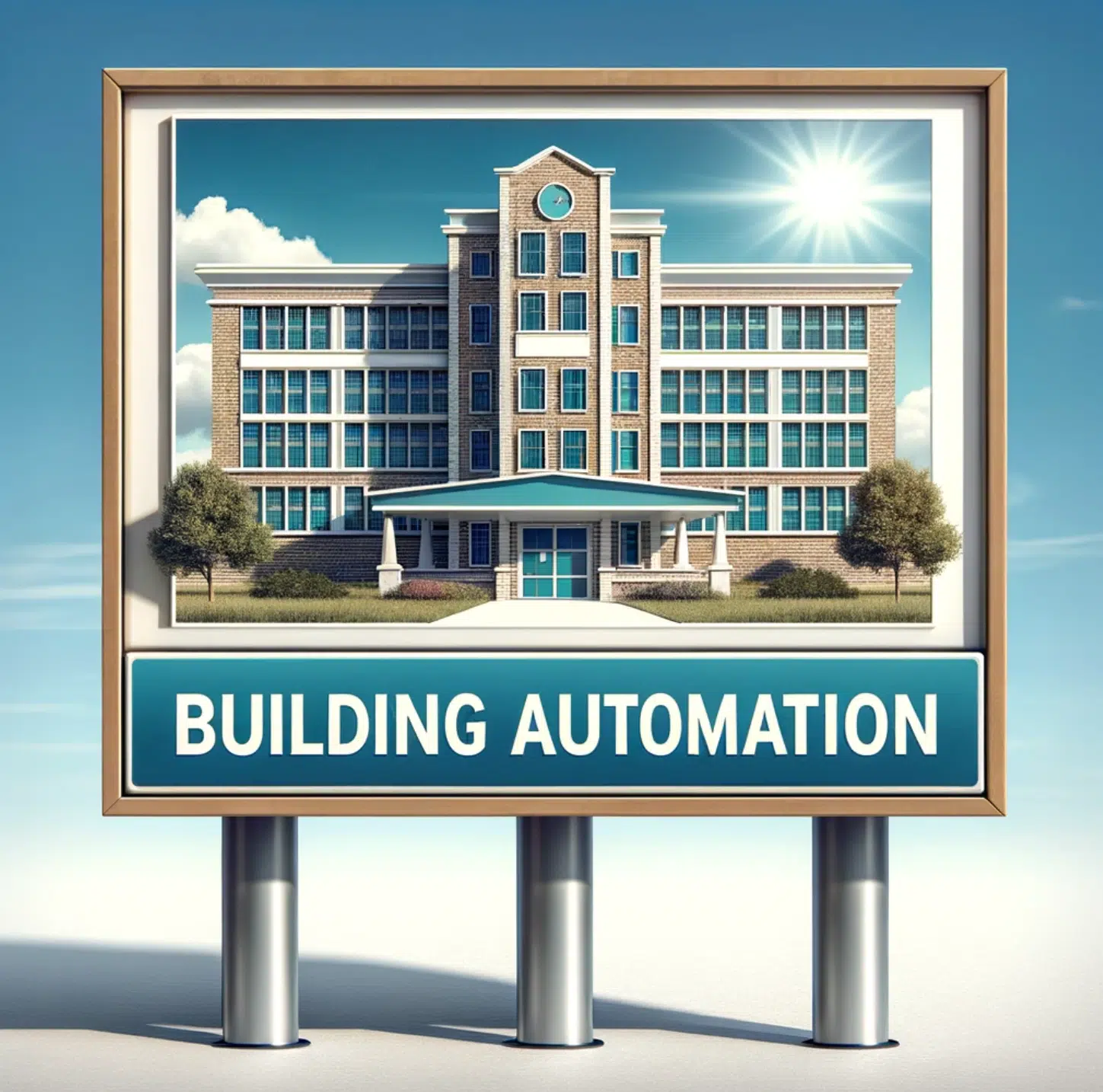Enhancing Healthcare Facilities with Building Automation Systems: A Must for Medical Professionals

In the ever-evolving healthcare industry, where patient comfort, safety, and operational efficiency are paramount, the integration of Building Automation Systems (BAS) stands out as a transformative solution. For medical professionals and managers of doctors' offices, the adoption of BAS technology is not just an upgrade to their infrastructure; it’s a strategic move toward creating a more adaptive, efficient, and patient-centered environment. Let’s delve into the critical benefits of BAS and its significant impact on healthcare facilities.
Improving Operational Efficiency and Patient Comfort With BAS
At the heart of any healthcare facility's mission is the dual goal of ensuring patient satisfaction while maintaining high operational efficiency. A BAS achieves this by automating and optimising heating, ventilation, air conditioning (HVAC), lighting, and other systems. This automation ensures that patients enjoy a comfortable and healing environment, with temperatures and lighting adjusted to optimal levels for both health and comfort.
Imagine a scenario where, on a sweltering summer day, the BAS automatically adjusts the air conditioning in different parts of the building to maintain a comfortable temperature without manual intervention. Similarly, lighting can be adjusted based on the time of day or occupancy, ensuring a serene atmosphere while reducing energy consumption. These adjustments not only enhance patient comfort but also free up staff to focus on providing top-notch medical care rather than managing facility operations.
Improving Safety, Compliance, and Air Quality With Building Automation Systems
Healthcare facilities are bound by strict regulations to ensure patient safety and privacy. A modern building automation system can help ensure that these facilities comply with healthcare standards by monitoring and controlling access to sensitive areas, thus enhancing security. Moreover, improved air quality, a critical component of patient health and infection control, is assured through advanced ventilation and air purification managed by the BAS. This system can dramatically reduce the risk of airborne diseases, a concern that has become even more pressing in the wake of global health crises.
BAS Energy Savings and Operational Cost Reductions
Energy efficiency is a significant benefit of BAS, leading to substantial cost savings over time. By intelligently managing energy use, healthcare facilities can reduce their carbon footprint and operational expenses. For example, by optimising HVAC operations and ensuring lights are only on when needed, a facility can significantly lower its energy bills. These savings can then be redirected towards improving patient care services or expanding facility resources.
BAS Adapts to the Dynamic Needs of Healthcare Facilities
Healthcare facilities often undergo expansions or changes in use of space. A modern BAS is designed to be scalable and flexible, allowing for adjustments and expansions without extensive overhauls. This adaptability ensures that as healthcare facilities grow or their needs change, the BAS can adjust accordingly, providing a continuous level of support and efficiency.
How BAS Supports Sustainability and Protects Sensitive Equipment
Sustainability is a growing concern in all sectors, including healthcare. A BAS supports sustainability goals by optimising energy use and reducing waste. Furthermore, the precise control over environmental conditions provided by a BAS is crucial for protecting sensitive medical equipment, which can be adversely affected by fluctuations in temperature or humidity, ensuring the longevity and reliability of these vital tools.
BAS Provides a Competitive Edge in the Healthcare Market
Integrating a BAS gives healthcare facilities a technological edge, showcasing their commitment to innovation, patient care, and sustainability. This commitment can enhance a facility's reputation, attracting patients who value modern, efficient, and comfortable healthcare environments. It positions the facility as a forward-thinking institution, setting it apart in a competitive market.
Overcoming Objections: Cost and Complexity Of Building Automation Systems
The perceived cost and complexity of installing a building automation system can be deterrents for some. However, modern systems are designed for scalability and ease of integration, making them accessible for facilities of all sizes. The initial investment is often recouped through energy savings and operational efficiencies. Moreover, with the support and expertise of companies like Tri-Star Automation, healthcare facilities can navigate the installation and integration process smoothly, ensuring that the system is tailored to their specific needs and goals.
In Conclusion
The integration of Building Automation Systems in healthcare facilities offers a myriad of benefits, from enhancing patient comfort and safety to achieving operational efficiencies and sustainability goals. By addressing common concerns and emphasizing the long-term value, medical professionals and managers can make informed decisions about adopting this transformative technology. With the expertise and support of experienced providers like Tri-Star Automation, the transition to a smarter, more efficient healthcare facility is within reach, promising a future where technology and healthcare go hand in hand for the betterment of patient care and facility management.
